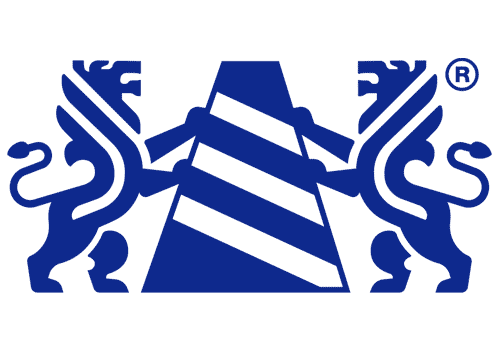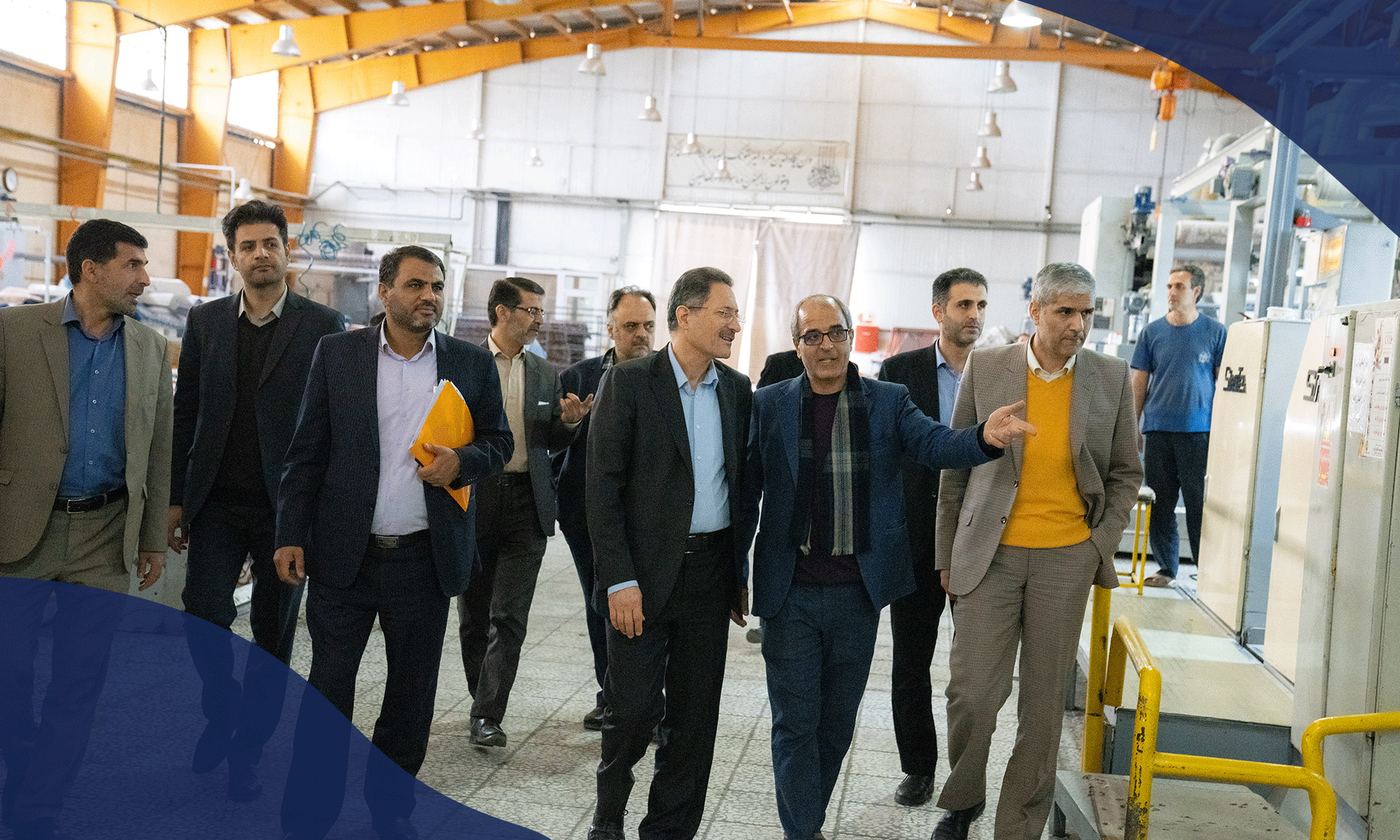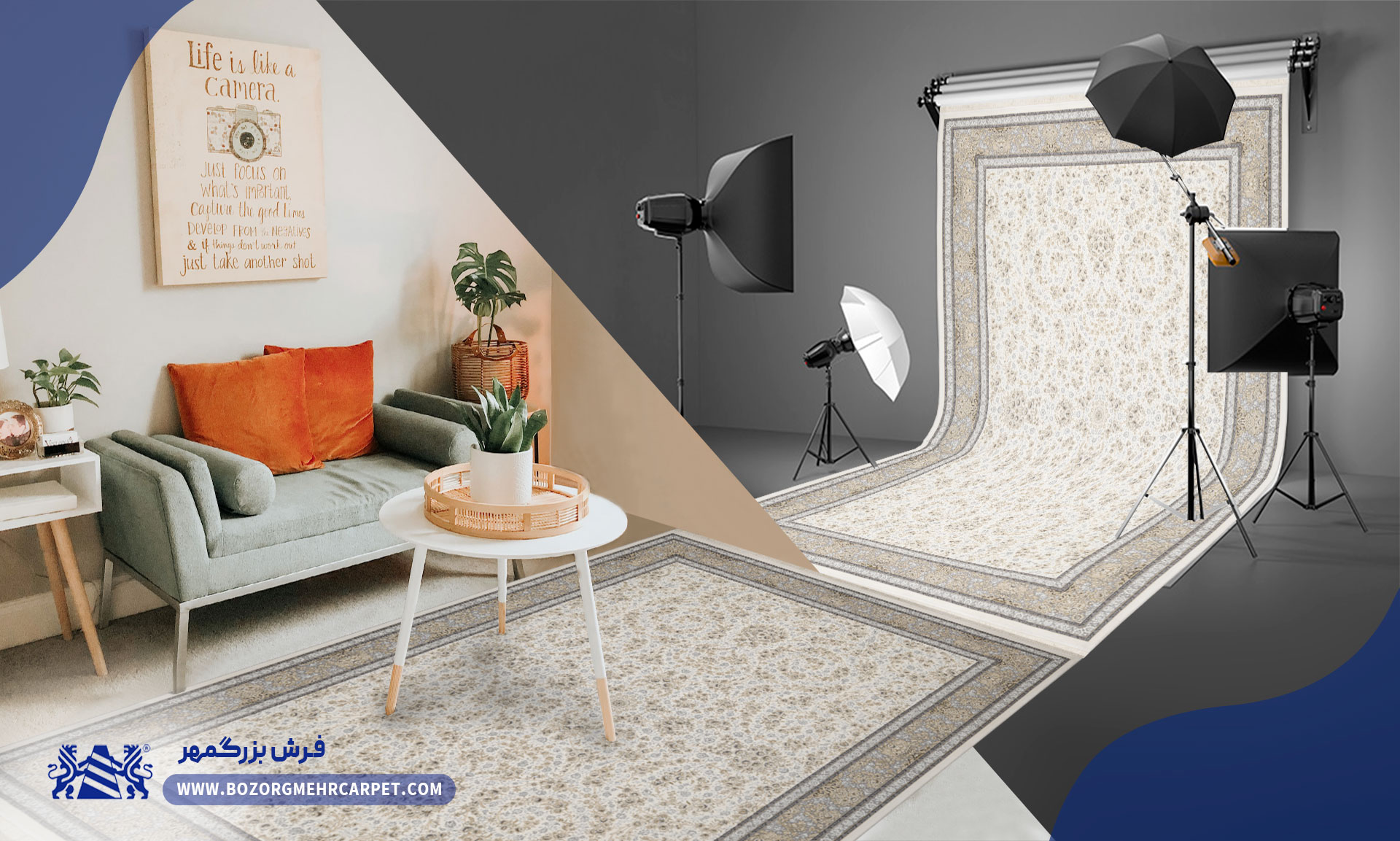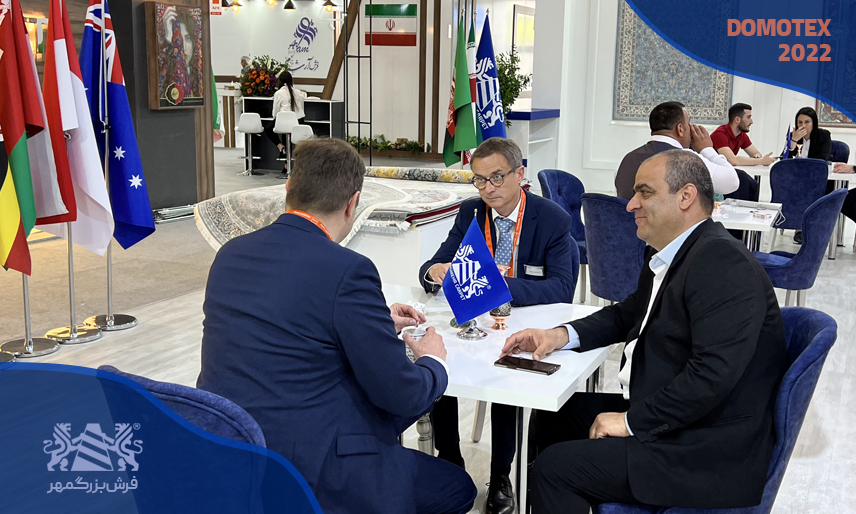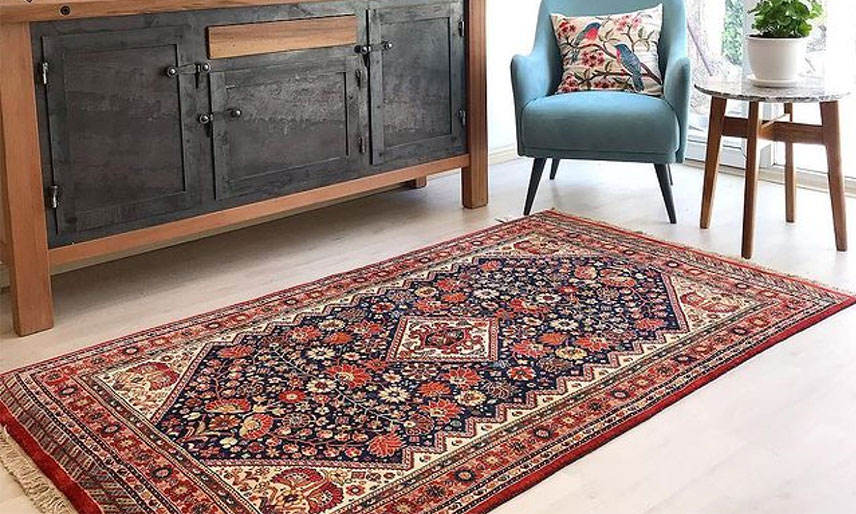Production stages of machine-made carpets from zero to one hundred
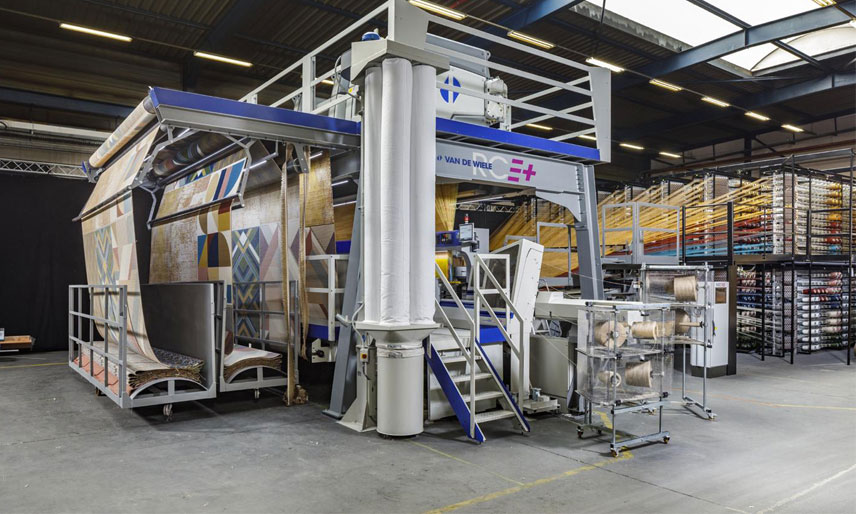
Carpet has long been and is a mirror for Iranian art and creativity, and this precious textile has always maintained its position with authority on the wall and under the feet of families. With the advancement of technology and the industrialization of products to supply the goods needed in accordance with the growing population of the world, carpets were also produced industrially and marketed, and this type of production began with the name of machine-made carpets. Machine rug is a term that includes different types of floor coverings depending on the type of yarn used and the type of weaving technology. Sometimes fancy rugs or tufted rugs may also be classified as machine-made rugs. In this talk, we will examine the technology of machine carpet, which is based on the texture of the fabric. In general, in the textile industry, whether in the production of textiles or machine-made carpets, the production chain consists of four main stages, which are: spinning, dyeing, weaving and finishing. A factory whose final product is machine-made carpet or fabric may manage all of these steps itself, or just do the weaving part.
The first stage of spinning carpet yarn

In the spinning stage, the yarn used for weaving the carpet is prepared. The yarns used in machine-made carpets consist of three parts:
1) Sleeping yarns, which are usually made of acrylic or polyester or polypropylene
2) Weft yarn, which is usually made of jute
3) Yarn, which is usually made of cotton or polyester
What determines the type of carpet is the type of yarn. Acrylic yarn production technology and the preparation required to prepare it are different from the preparation required to use polyester yarn.
Acrylic yarns are prepared with a short fiber spinning system, then dyed and heated using appropriate dyes and then sent to the weaving department. But polyester yarns are made by spinning and are used in two forms: dupe-dyed or dyed. Machine-made carpet companies can have a spinning stage or buy yarn ready-made.
After preparing the yarn, in the pre-knitting stage, the yarns of the large spools are wrapped on the smaller spools and placed on the shelf of the carpet weaving machine according to the design of the carpet.
The second stage of machine carpet weaving

The second and perhaps most important step in the chain of carpet production is knitting. At this stage, the carpet is woven using different technologies. In general, the carpet weaving system is the same as the fabric weave, except that it is woven with two blur systems. In fact, in a knitting machine, two carpets are woven at the same time, one is called the top carpet and the other is called the bottom carpet.
This weaving system is also known as face to face weaving. In fact, the two fabrics are woven in parallel, and the sleeping yarns are placed between the two surfaces. It is then cut in half by a reciprocating blade and the two carpets up and down are separated. Of course, the system described actually shows the general process of carpet weaving, but the different machines developed by carpet weaving companies make different possibilities in carpet weaving available to manufacturers.
Carpet weaving machines are mainly produced by two famous companies Wendville (Belgium) or Schونnher (Germany) and are available in different models. These companies can produce carpets with cut pile or loop pile or with three weaving systems (rapier). Each of these features is designed in different models of these companies. Some of the models manufactured by Wendville include CRX, CPX, HRX, UCL, HCPX, and CRP.
The third step is to complete the machine carpet

After leaving the knitting machine, the machine-made carpet has small defects that will need to be embossed. The carpets are sewn together first, and in the next step, the dust and lint from the weaving stage are removed.
In the next stage of the production of machine-made carpets, which is very important, the sleeping surface of the carpet is covered with special blades and its sleeping surface becomes uniform and shiny. This step, called shearing, will greatly affect the final quality of the carpet. In the next step, it is time to sneeze. At this stage, the back of the carpet surface is impregnated with special resins and adhesives to strengthen the woven knots in place. In the last stage of completing the machine carpet, longitudinal and transverse sections of the carpet, as well as embroidery and rooting are performed.
Technical parameters affecting the quality of machine-made carpets
Apart from general factors such as knitting machine model, weaving technology, type of yarn used for spinning, weaving density and general machine settings, there are three other important technical factors that can affect the final quality of machine-made carpet:
Proportion and uniformity of the physical characteristics of the sleeping thread: The quality and uniformity of the physical characteristics of the used sleeping thread are very important. Non-uniformity in the physical properties of the yarn (such as elongation, shrinkage or shrinkage percentage) can cause longitudinal streaks on the carpet surface.
Cutting blade quality: Carpet cutting blade is also one of the factors that can affect the final quality. These blades should be of very good quality and should be replaced in a timely manner, otherwise they will cause a problem of sleep deprivation.
Shearing stage: Smoothing the sleeping surface of the carpet, which is called shearing, has a great effect on the final quality of the carpet.
